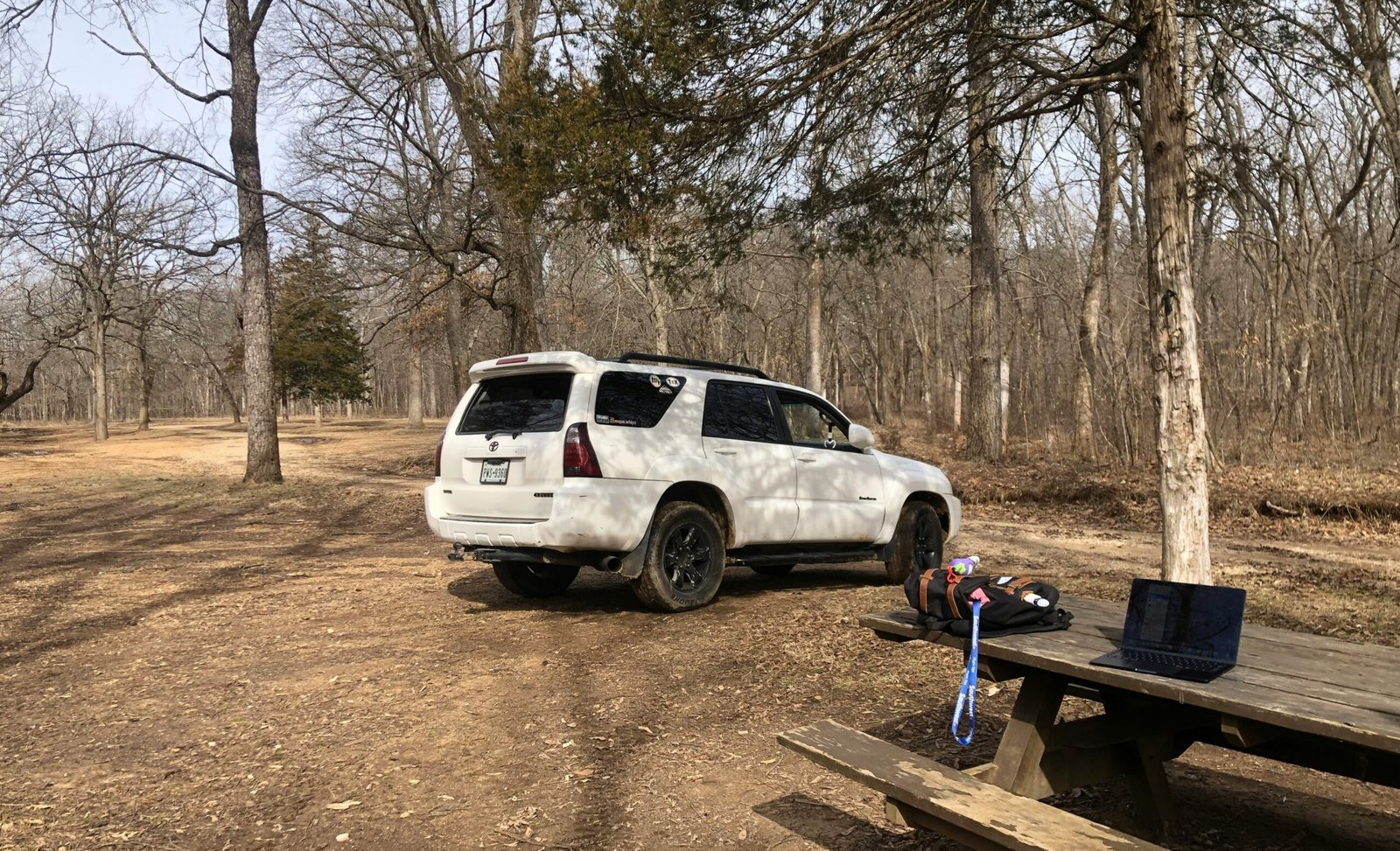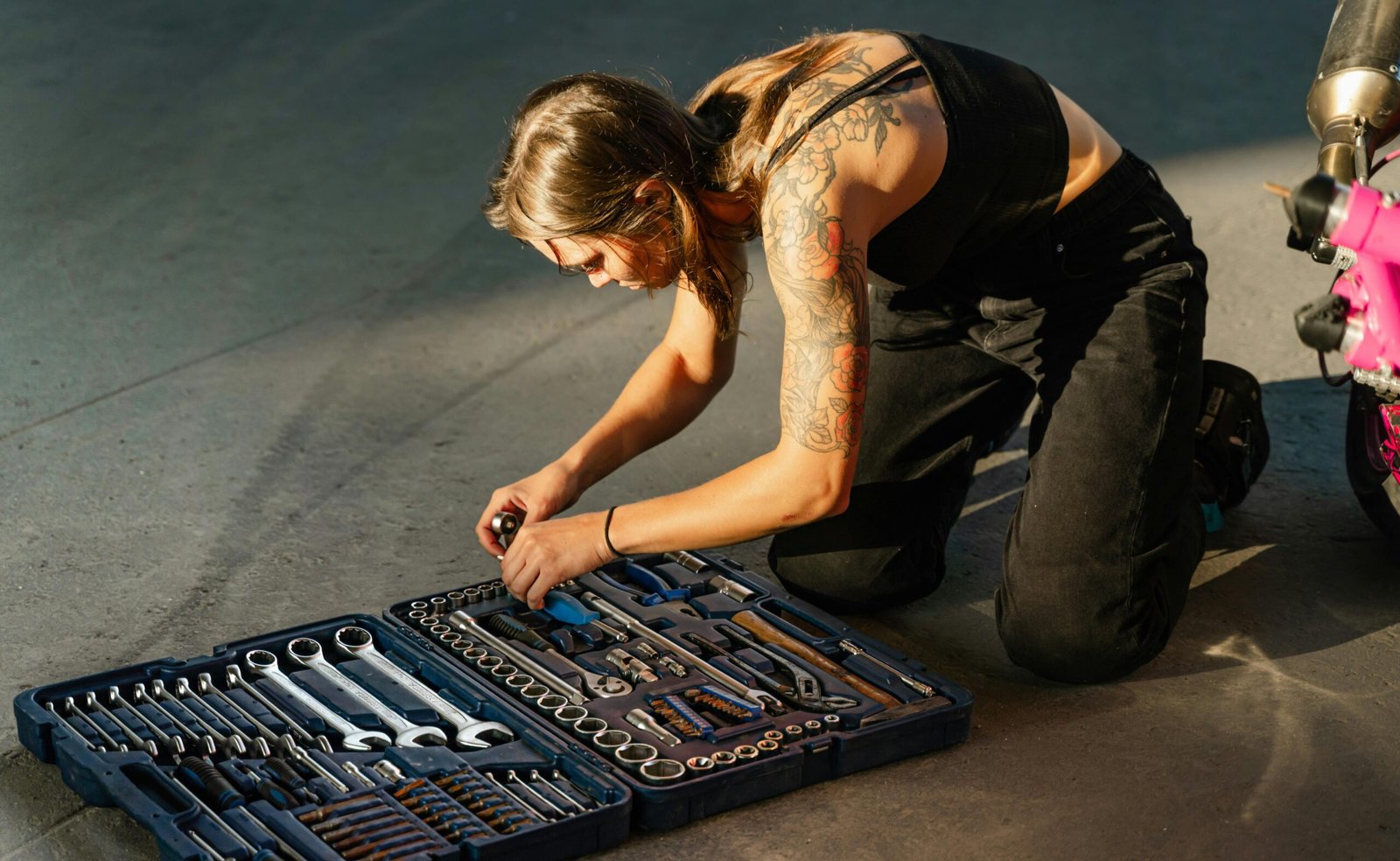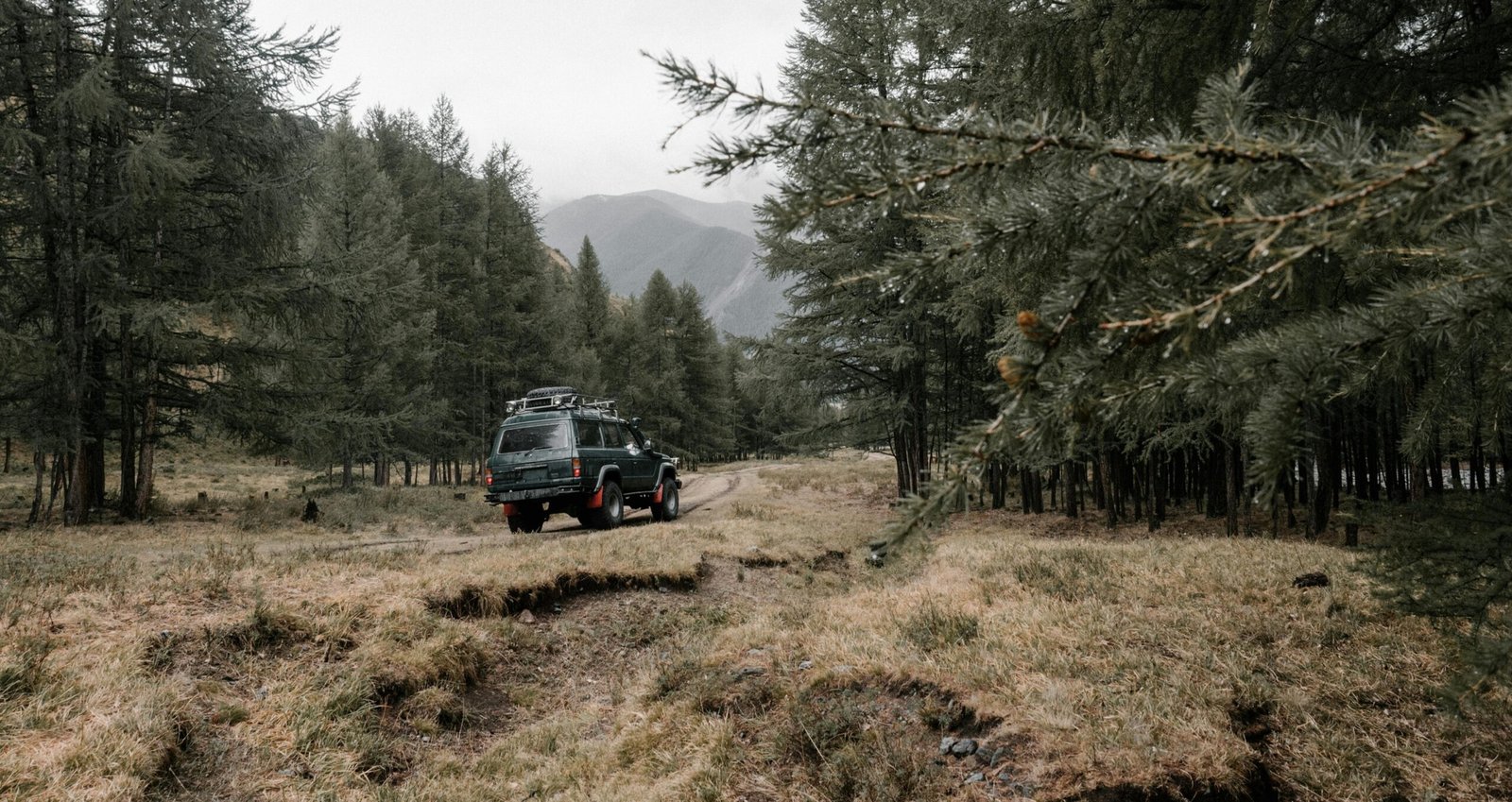A weekend of alpine switchbacks or salt-spray beach runs is pure bliss until you get home. Discovering sun-baked headlamps or pin-striped paint can ruin the memory of a great trip. A proper outdoor car cover keeps the adventure on the trail and off your rig’s finish.
Choosing the right cover can feel like decoding a fabric-engineering textbook. This guide will help you understand the critical differences in fit, material, and features. We will show you what separates a glorified dust sheet from true expedition-grade protection.
By the end, you’ll know exactly which specs match your climate and vehicle modifications. You can measure, compare, and purchase with confidence. Your vehicle will be shielded from the elements wherever you roam.
Understanding Your Needs: Indoor vs. Outdoor Protection
An indoor cotton-blend cover works perfectly in a temperature-controlled garage, but it will fail fast when exposed to UV rays or rain. Outdoor covers are engineered with specific materials to combat harsh conditions. Use the quick-decision flow below to land in the right category for your vehicle's storage situation.
Consider the following points to determine your primary needs.
- Parking more than 8 hours per day outside? You need a dedicated outdoor cover.
- Does your climate have more than 250 annual sunny days? Prioritize a fabric with a UV 40+ rating to prevent paint fade and dashboard cracking. A study found that ultraviolet (UV) exposure inside vehicles can be significant, making external protection crucial.
- Do you face regular snow or coastal salt spray? A waterproof or highly water-resistant fabric is essential to prevent rust and corrosion.
- Is desert dust and trail debris a constant? Look for a cover with a reinforced abrasion layer and robust tie-downs to keep fine particles out and the cover secure.
Standard vs. Custom Car Covers: Which Fit Wins Off-Road?
The fit of your cover is just as important as its material. A cover that is too loose can flap in the wind, potentially causing micro-scratches on your paint. One that is too tight might not accommodate aftermarket parts like roof racks or winches.
Pros & Cons of Standard-Fit Covers
Standard-fit covers are a common choice, but they come with distinct benefits and drawbacks.
- They are budget-friendly and readily available at most big-box auto stores.
- The looser cut generally makes for a faster installation.
- However, the generic shape often leaves gaps around mirrors or aftermarket tires, allowing dust and moisture to get in.
Pros & Cons of Custom-Fit Covers
Custom-fit options provide a tailored solution with their own set of considerations.
- These are tailored to your vehicle's specific bumper contours, mirror pockets, and roof-rack clearances.
- A snug hem prevents the cover from rubbing against the paint during windy conditions at highway rest stops or exposed campsites.
- The initial cost is higher, and there is often a production time of a few weeks.
For modified vehicles with winches, light bars, and oversized tires, the precision of a tailored fit is invaluable.
This level of protection is why many off-road enthusiasts seek out specialized solutions like durable, custom car covers from Car Covers Factory to ensure every part of their rig is shielded from the elements.
| Key Insight: For modified off-road rigs, a custom-fit cover isn't a luxury—it's essential protection against the wind abrasion and moisture ingress that standard covers can't prevent. |
Material Matters: Exploring Outdoor-Ready Fabrics
Not all waterproof fabrics breathe, and not all breathable layers can block harsh UV rays. Understanding the trade-offs between textiles is key to matching a cover to your environment. Below are the most common adventure-grade materials and how they perform in the field.
The most common materials offer different levels of protection and durability.
- Sunbrella Acrylic: A marine-grade yarn with top-tier UV protection (40–50+). It has excellent water resistance but is heavy and less breathable.
- WeatherShield HP (solution-dyed polyester): A lightweight, packable option with good UV resistance (30–40) and solid breathability, making it a great all-rounder.
- Multi-Layer Polypropylene (PP5): A medium-to-heavy option offering moderate UV and water protection with fair breathability. It's a durable, cost-effective choice.
- UVMax Poly-Cotton Blend: This material offers excellent breathability and good UV protection, making it ideal for sunny, dry climates where moisture buildup is a concern.
| Fabric | UV | Water | Breathability | Weight (packability) |
|---|---|---|---|---|
| Sunbrella | 5 | 4 | 3 | 2 |
| WeatherShield HP | 4 | 4 | 4 | 5 |
| PP5 | 3 | 3 | 3 | 3 |
| UVMax Blend | 4 | 3 | 5 | 5 |
| Key Insight: The best fabric isn't just about blocking water; it's about allowing moisture to escape. Prioritize breathability to prevent rust and mildew in all but the driest climates. |
Key Features Adventurers Should Demand
For a cover to be truly trail-ready, it needs more than just good fabric. Look for these critical features that make a difference in harsh conditions.
Certain elements are essential for a cover that can withstand adventurous use.
- Reinforced grommets & tie-down loops: These are crucial for stopping the cover from parachuting or being ripped off in 30 mph canyon gusts.
- Multi-layer construction: A thicker build helps defend against impacts from hail or falling acorns, while a single-layer cover packs smaller for minimalist trips.
- Brushed-microfiber inner liners: This soft interior layer protects your paint from fine, abrasive dust, especially important in desert environments like Utah or Arizona.
- Integrated stuff-sacks: A well-designed storage bag, especially one with a roll-top closure, can be easily stashed on a roof rack or in a cargo box.
- Security add-ons: Look for options like vinyl-coated cable locks for trailhead theft deterrence and reflective piping for better visibility in low-light camps.
| Pro Tip: Don't overlook the tie-downs. In high winds, reinforced grommets and a secure underbody strap are what separate a protected vehicle from a shredded, flapping cover. |
How to Choose a Trusted Brand for Quality
When investing in protection for your vehicle, brand reputation matters. First, look for key credentials like ISO 9001 manufacturing standards, which indicate a commitment to quality control.
A warranty of at least three years and transparent material sourcing are also strong indicators of a reliable product.
Measuring for the Perfect Fit (Adventure-Vehicle Checklist)
To ensure your custom cover fits perfectly over all your aftermarket gear, take precise measurements. Don't rely on factory specs alone.
Follow this checklist to get accurate dimensions for your rig.
- Overall bumper-to-bumper length.
- Roof height, including any clearance needed for a roof-top tent or light bars.
- Wheel-to-wheelbase measurement, accounting for aftermarket rock sliders.
- Mirror protrusion, measured both folded and unfolded.
- Front depth, including any winch or bull-bar.
- Rear depth, factoring in a spare tire carrier or bike rack.
- Snorkel height, adding a 2-inch (5 cm) buffer for clearance.
| Important: Factory specs are useless for modified vehicles. Always measure your rig with all aftermarket gear—winches, racks, and oversized tires—to avoid a cover that doesn't fit. |
Quick-Hit FAQs & Pro Tips
Q1: Can I use an outdoor cover indoors?
Yes, a breathable, UV-resistant outdoor cover works perfectly fine inside. However, dedicated indoor covers are typically lighter and less expensive.
Q2: Will a waterproof fabric trap moisture and cause rust?
Not if it's breathable. Look for covers with micro-porous membranes that allow water vapor to escape while blocking liquid water from getting in.
Q3: How often should I wash the cover?
Wash it every 3–4 trail trips to remove abrasive grit. Use a non-detergent soap and always air-dry it to maintain its protective coating.
Q4: What is the best way to tie down a cover in desert windstorms?
For maximum security, run a vinyl-coated cable lock under the vehicle's chassis, connecting the grommets on each side, and cinch any elastic corners tightly.
Pro Tips
Beyond the common questions, keep these expert tips in mind for maintaining your cover.
- Always stash a microfiber towel with your cover to wipe down dusty surfaces before installation. This simple step prevents you from scratching your clear-coat.
- Consider rotating between a lightweight summer cover and a multi-layer winter option to maximize the longevity of both.
- Always ensure the cover is completely dry before packing it away for storage to prevent mildew growth.
Putting It All Together
You're now equipped to make an informed decision. Start by using our checklist to measure your vehicle accurately. Then, compare at least two fabrics from the performance chart that best suit your local climate.
Before making a final purchase, check for warranties and quality certifications. Protecting your vehicle is a crucial part of responsible ownership. It ensures your rig remains a reliable partner for years of exploration.
With a custom fit, UV-blocking fabric, and solid tie-downs, your vehicle will stay expedition-ready. Your diligence now will pay off with a vehicle that looks as fresh as your next planned route.




